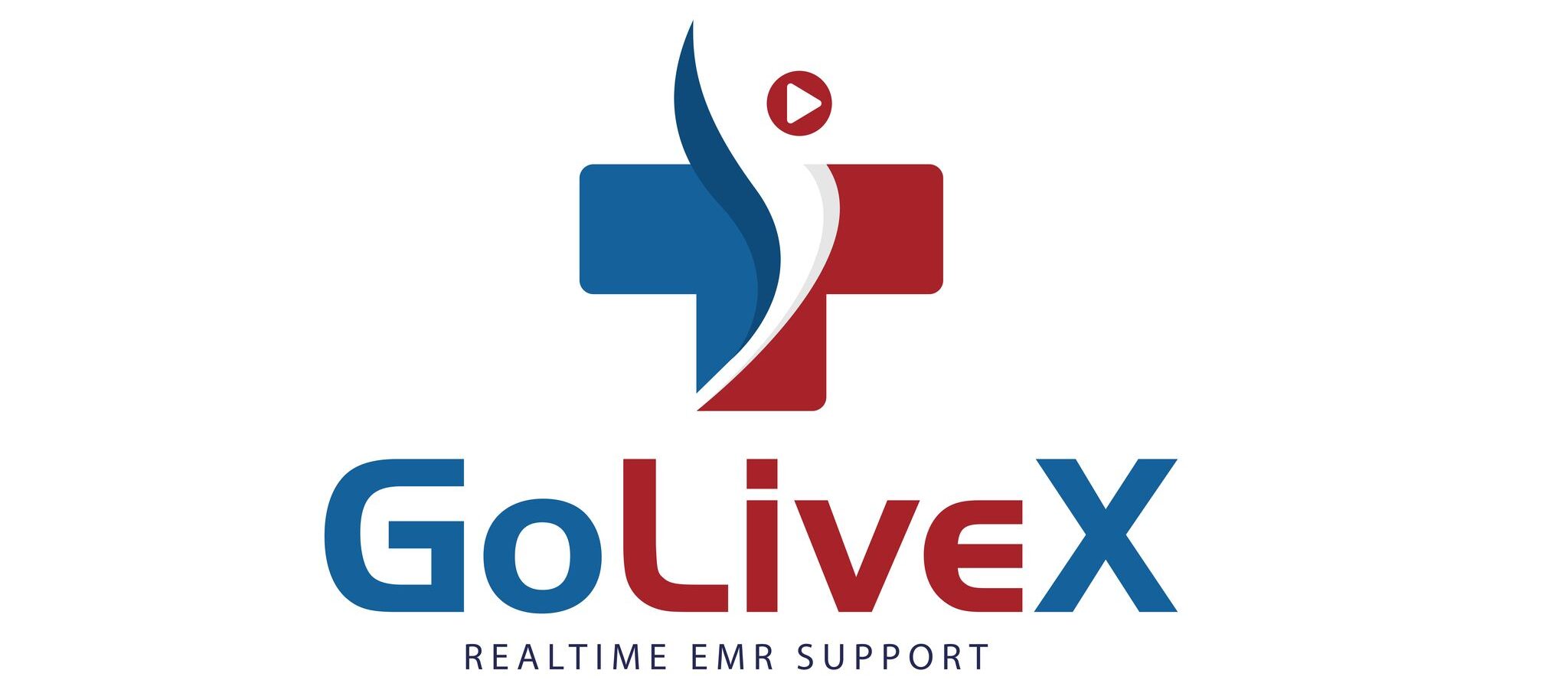
He leaned over the patient’s bed, and the patient told him a story about fear, about a cough that didn’t stop at midnight, and about a daughter who slept on the living room couch. The doctor reached for the chart, and by the time he found the right tab, the story had folded into the past like a page turned too quickly. He looked up, and for a second, he had missed the moment.
This is the quiet theft EMRs commit: not of data, but of presence. Not of facts, but of the fragile human thread that ties a clinician’s attention to the person before them.
The Theft of Attention
We measure productivity in clicks and templates, but the real cost is invisible. Every forced field, every modal dialogue, every notification that blares while a heartbeat is being measured chips away at the clinician’s ability to hold a patient’s story. The screen asks for boxes to be checked; the bedside asks for eyes to be held. The two rarely want the same thing at the same time.
Clinicians describe it like this: a symphony interrupted by a squeaking violin. It’s not dramatic; it is relentless. The interruptions are small but cumulative: the cursor that freezes, the dropdown that nests three levels deep, and the alert that screams “STAT” when it means “maybe look later.” Over a twelve hour shift, those micro violations add up to exhaustion, missed cues, and the quiet erosion of trust.
The Human Cost
Think of the intern who forgets a patient’s preferred name because they typed the wrong initials in a hurry. The nurse who rechecks a medication five times because the system split the order into fragments. The surgeon who resists documenting narrative because the EMR rewards checkbox speed over story. These aren’t IT problems alone; they’re moral problems. They affect adherence, empathy, and ultimately, outcomes.
Patients notice. Families sense when the clinician’s eyes flick to screens more often than to faces. They remember the way a doctor said, “I’m listening,” while their hands drifted to the keyboard.
Voices from the Floor
“I want to stay in the room with Mrs. Patel, not in the menu with ‘select an option.’” Night-shift RN.
“By the time I’ve navigated to the allergies, I’ve repeated the whole history three times.” Resident physician.
These aren’t complaints about technology; they’re confessions of grief for lost time.
What Design Teams Are Doing to Give It Back
Good design begins by listening not to exec dashboards, but to midnight wards. Here are the shifts happening where tech and tenderness meet:
- Contextual Interfaces: The screen that changes with the moment. At the bedside, show vitals, recent meds, and the last nurse note. In the clinic, surface chronic-care plans and social determinants. Same patient; different lens.
- Voice & Natural Input: Allow clinicians to speak the story, then gently surface transcriptions that can be edited. Voice needs graceful correction tools—not rigid auto-fills that punish nuance.
- Alert Triage & Calm Design: Not every flash needs an alarm. Cluster related alerts, introduce graded notifications, and put invasive interruptions behind confirmation for the truly urgent.
- Micro-workflows That Mirror Practice: Copy the real steps clinicians take—the whispered handoffs, the scribbled shorthand—and bake them into the system rather than forcing clinical work into sterile templates.
- Shadow Mode & Silent Scribes: Give clinicians an option to dictate while they treat; let AI draft notes that the clinician later blesses. That note is a draft, not a decree.
- Designing for Downtime: Create graceful offline modes so that when networks falter, clinicians can still chart with dignity and sync later without double work.
Small Wins That Matter
It’s not about rebuilding entire suites overnight. It’s the tiny revolutions that restore rhythm: a one-click order set for sepsis, a simplified discharge summary that takes two minutes instead of twenty, and a bedside view that removes three redundant fields. These are the inches that return attention to the bedside and time to the human.
A Call to Reclaim Presence
If EMRs are to be our companions, they must learn to be quiet when quiet is sacred, and present when presence matters. Designers must shadow clinicians not for a week but for decades; leaders must prize moments at the bedside more than throughput metrics; engineers must plead for mercy in code less noise, more meaning.
We cannot ask doctors to be both clerks and healers without consequence. Give them permission to be undistracted. Build systems that honor the story before the stats. And when you log the last field for the day, let what remains be the patient’s voice, not an empty checkbox.
Because in medicine, attention is a medicine. Return it, and you return the heart of care.
